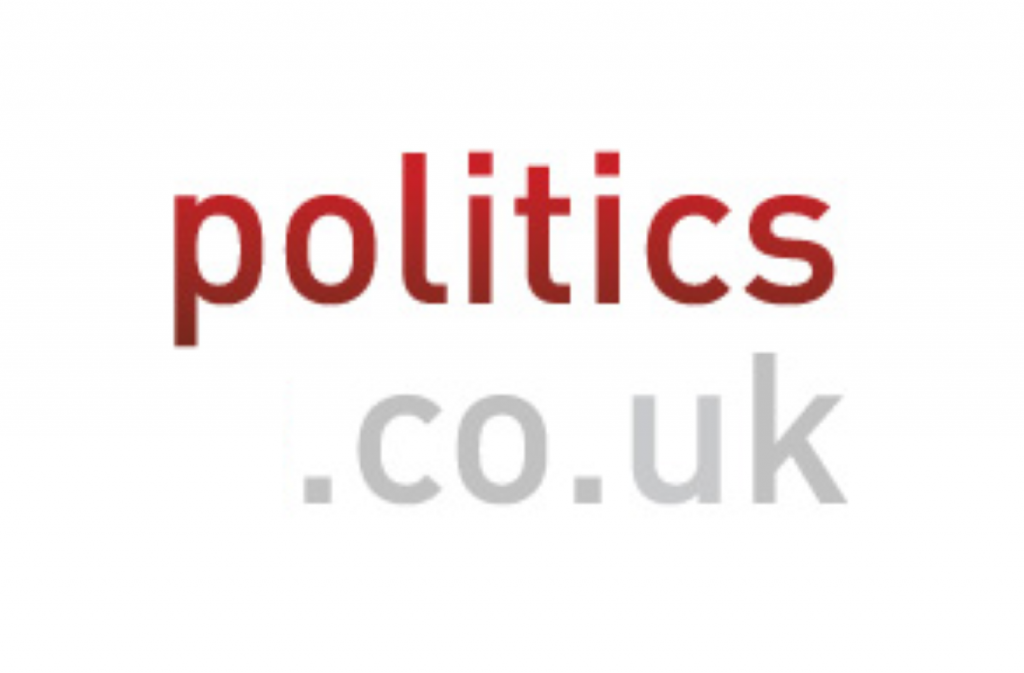Election 2010: The polls
With just four months to go, the polls remain disconcerting for the Conservatives.
By Ian Dunt
The trend we saw last month has continued, with only one poll giving the Tories a lead of over ten points.
An Ipsos Mori poll for the Observer on December 13th gave the Conservatives a substantive 17-point lead, with David Cameron’s party on 43 per cent and Labour on 26.


But that’s the only one. A YouGov poll for the Telegraph on December 30th gave the Tories a ten-point lead, on 40 per cent to Labour’s 30. Every other poll sees only a single figure lead.
An ICM poll for the Guardian conducted halfway through last month put the Tories on 40 per cent and Labour on 31 per cent. A ComRes poll for the Independent substantiated that result on the 20th, with the Tories on 38 per cent and Labour on 29 per cent. A recent Populus poll for the Times went even further, putting the Tories on 38 and Labour on 30, giving Cameron a lead of just eight points.
The effects of this sustained drop in the Tory lead are obvious. Both Cameron and Gordon Brown have gone out of their way to blow kisses at Liberal Democrat leader Nick Clegg, leading some commentators to say he won the opening skirmishes of the general election campaign despite not having said a word. An article for the Times yesterday saw him do the only thing he could, which was to reject their advances.
The temptation is to look to 1992 for guidance. Back then, the Tories managed to pull off a victory against Labour despite being in government since 1979. But comparing poll results for 2010 with 1992 has its own challenges. After all, the Market Research Society was forced to conduct an inquiry after the election into why the polls had been so wrong. Was it really the Sun’s front page that changed everything? Or people’s reticence when it came to admitting to pollsters that they voted Conservative? Or did Neil Kinnock’s overly-triumphalist performance at the Sheffield rally tip the scales? Everyone picks their preferred narrative.
But what’s certain is that Labour’s lead at this point in the electoral cycle was more modest than Cameron’s is now. A Mori poll for the Times conducted on December 27th 1991 saw Labour with a lead of six per cent. An ICM poll for the Guardian on December 7th gave Labour a three-point lead, while a Gallup poll for the Telegraph in December even gave the Tories a lead of two points.
Despite the poll tax, despite the party split over Maastricht, despite Thatcher’s bloody exit and despite the recession, the Tories were not in a worse position in 1992 than Labour is in now. But Labour strategists have been pinning their hopes on a single figure gap for months now, and for good reason. A single figure gap makes it doable.
If the new shape of the polls mean one thing, it’s that. The game is on. Anything is possible at this stage. If you need proof, just look at the frantic start to the general election campaign this week, despite there being four months left to go.









